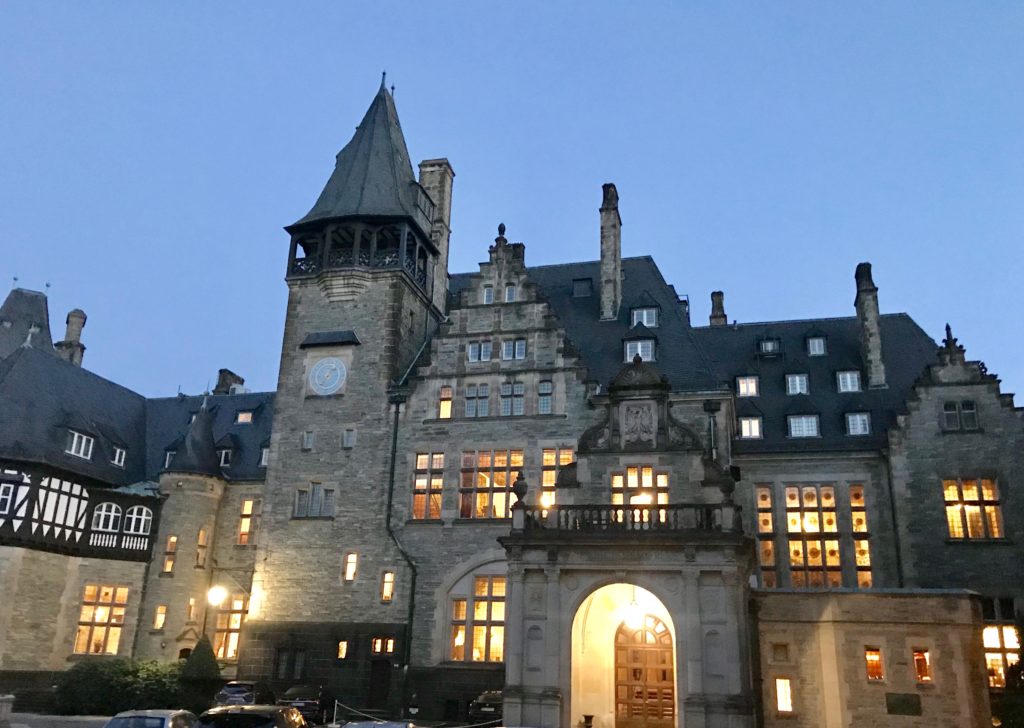
By P. F. Sommerfeldt –
When you are first driven through the park gatehouse for the Schlosshotel Kronberg nestled in the lower forested slopes of the Taunus Mountains of Germany above Frankfurt and see its grandeur of towers and steep roofs, it is fairly obvious it was originally a royal residence. Chauffeured in one of the castle’s big luxury cars fetching you from Frankfort Airport, it might be tempting to imagine you are a real princess on arrival as a flute of sparkling wine of the Prince von Hesse (owner of the castle and heir of the original royal owner) is placed in your hand.
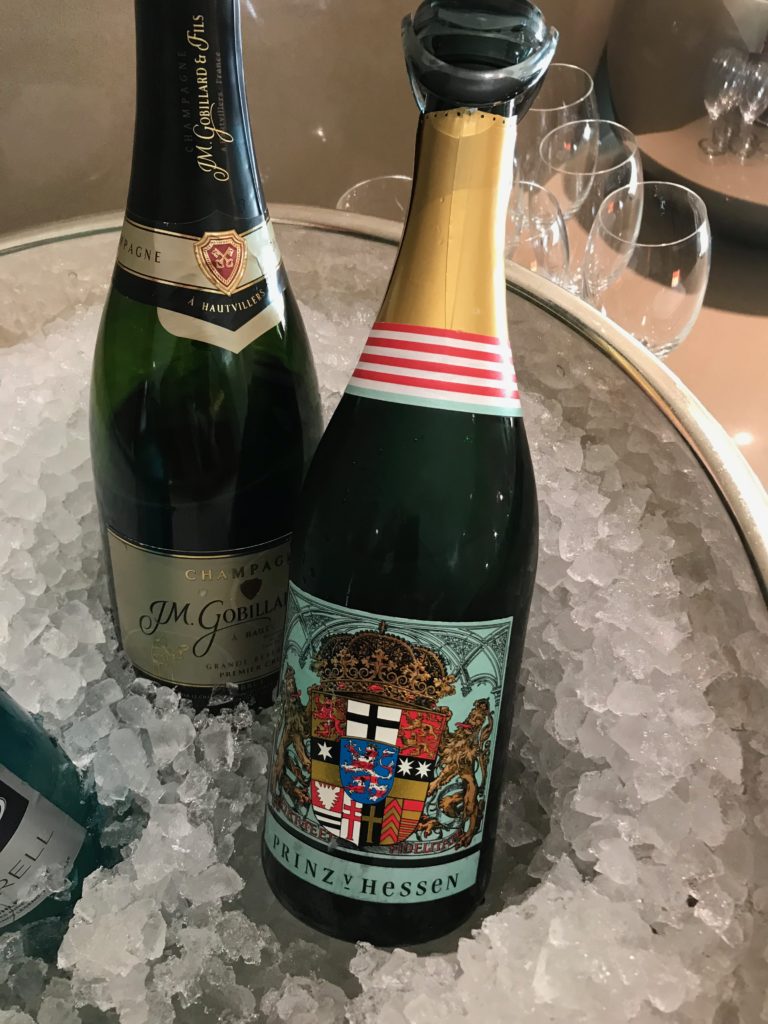
Although it is now a five-star hotel and deluxe conference center surrounded by a park with vast tree-scapes across manicured lawns and an immense rose garden, the best description is that it is a modern fairy tale castle because it was only built between 1889-93, although looks can be deceiving since the style seems so authentic although an amalgam of immaculate Tudor, German Renaissance and Neo-Gothic details. Ernst Eberhard von Ihne was the German royal architect who designed this impressive residence according to the template of its owner: German Dowager Empress Victoria (1840-1901), the widow of German Emperor Friedrich III (1831-88) and Princess Royal, eldest daughter of Queen Victoria (1819-1901) of the United Kingdom of Great Britain and Ireland.
This newer castle is not to be confused with the nearby older medieval fortress castle Schloss Kronberg from the 13th c. on an adjacent hill across the park valley. The original name of this castle before it was recently converted to a luxury hotel was Schloss Friedrichshof, so named because the original owner, widow dowager Empress Victoria of Germany, intended it in some sense as a memorial to her beloved husband.
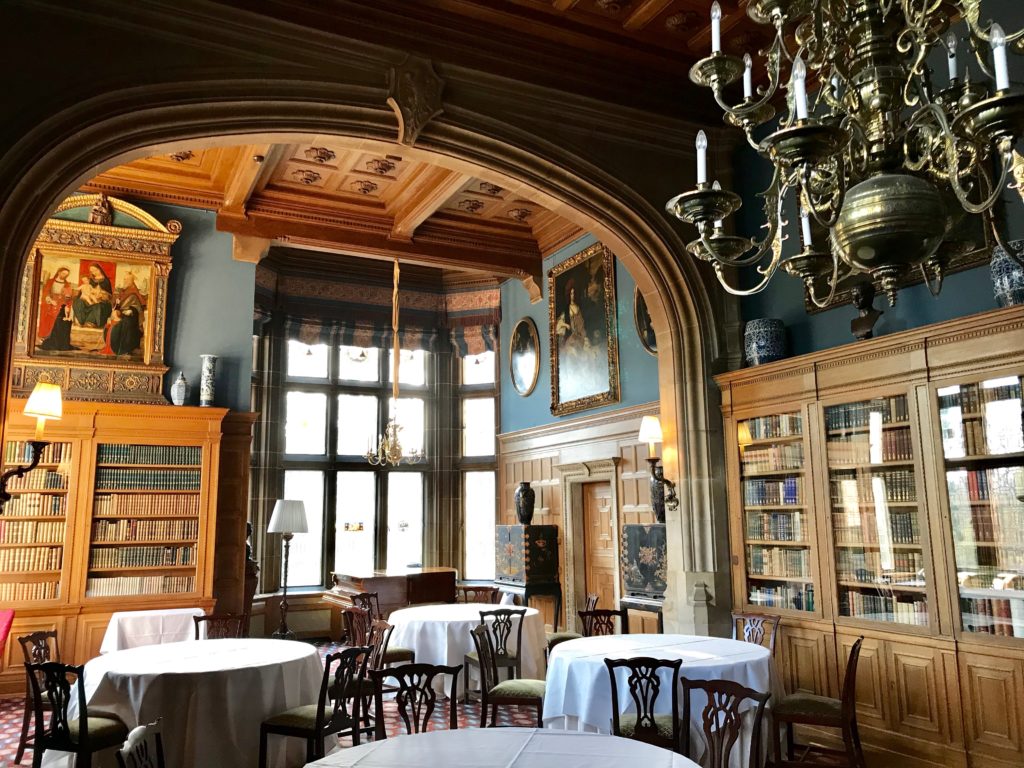
One cannot help but admire the quality of the crafts involved in every detail of the castle and its park grounds with exotic conifers and vast English gardens. Everywhere one finds massive oak beams or intricate plastered reliefs in high ceilings, stained glass windows with colorful heraldic panels, sweeping grand staircases and huge fireplaces – some considerably older than the castle, artful minstrel galleries, half-timbered towers, intricate brass fittings, masterfully-carved slate tiles on the high roofs, countless oriel windows with park views, and even grottoes in the park.
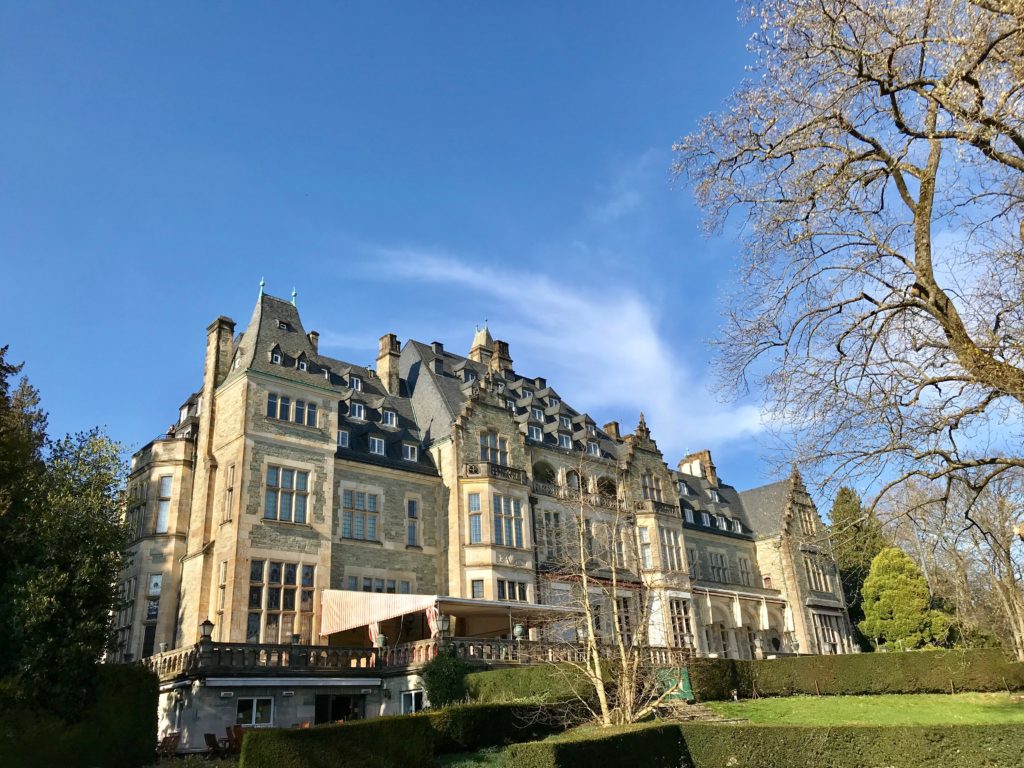
The castle was carefully built to the highest standard rarely achieved even then and most likely impossible now. Antiques and authentic collectibles include Medieval, Renaissance and Neoclassical artifacts such as massive carved armorial chairs, German enamels of the 14th c., Tilman Riemenschneider atelier wood carvings, Flemish tapestries, Piranesi engravings of Rome, saintly relics, ivories, and even Kaiser Wilhelm II’s writing desk in the Royal Suite
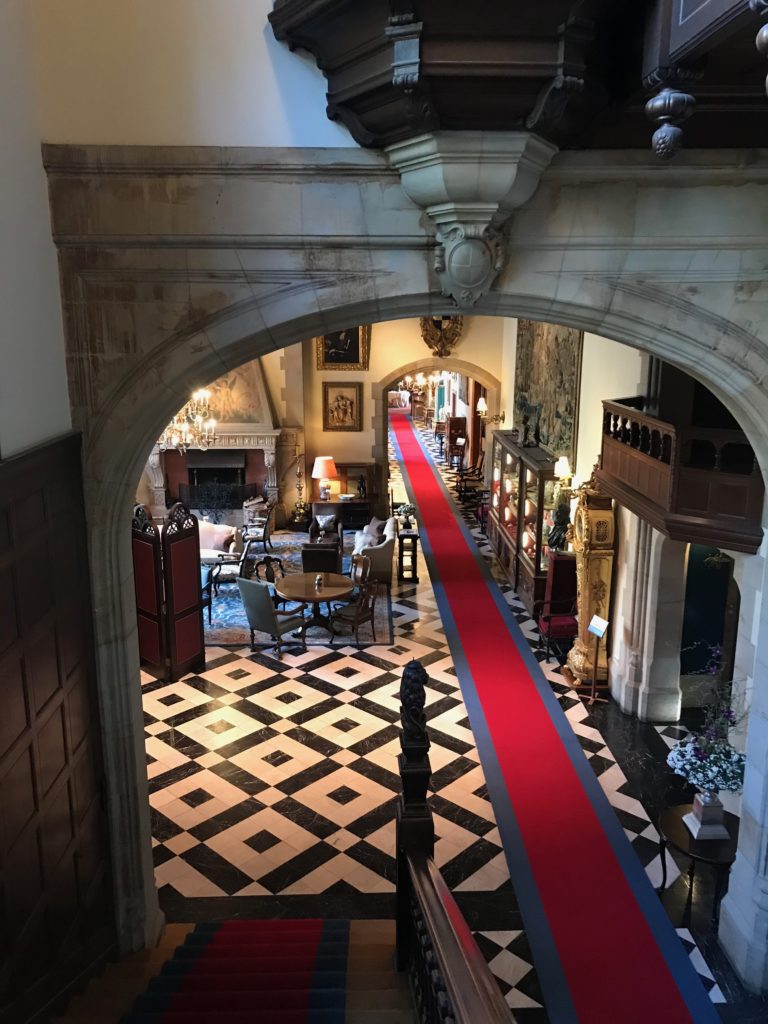
One of the tragedies of how the castle came about is that the Princess Royal Victoria, eldest offspring of Queen Victoria and Prince Albert of the British Empire, was raised to co-lead a nation with her husband and love of her life, Prince Friedrich Wilhelm, son of Kaiser Wilhelm I (1797-1888) of Germany. They married in 1858 but waited decades for Prince Friedrich to rule as his father lived on to old age, and she was unable to help him lead Germany when her husband the new Emperor Friedrich III died in 1888 after only 99 days as emperor.
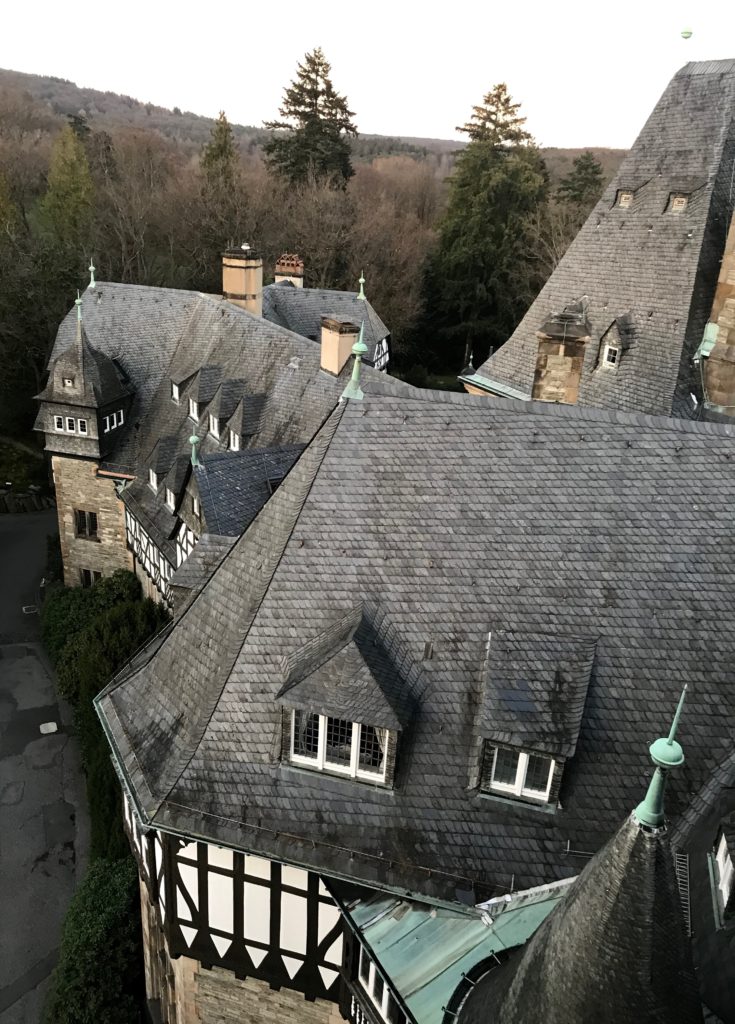
Historically, this German imperial succession is fraught with ironies and what-ifs: The ephemeral German rule of Friedrich and Victoria could have changed history had it been extended for decades. Both of them were social reformers and liberal intellectuals in outlook, much opposed to Bismarck. Friedrich’s mother Augusta of Saxe-Weimar was an intellectual and trained as an artist and her own mother Grand Duchess Maria Pavolva was a protégé of poet-statesman-scientist Johann Wolfgang von Goethe (1749-1832), much admired by him, while Friedrich’s own tutor was the internationally famous classicist and pioneer archaeologist Ernst Curtius (1814-96) who helped set up the prestigious German School of Archaeology (DAI) that excavated Olympia. Friedrich and Victoria would have been more diplomatically international and far more politically responsible, unlike their ultra-conservative son Kaiser Wilhelm II who led Germany into World War I with his militant ultra-nationalism.
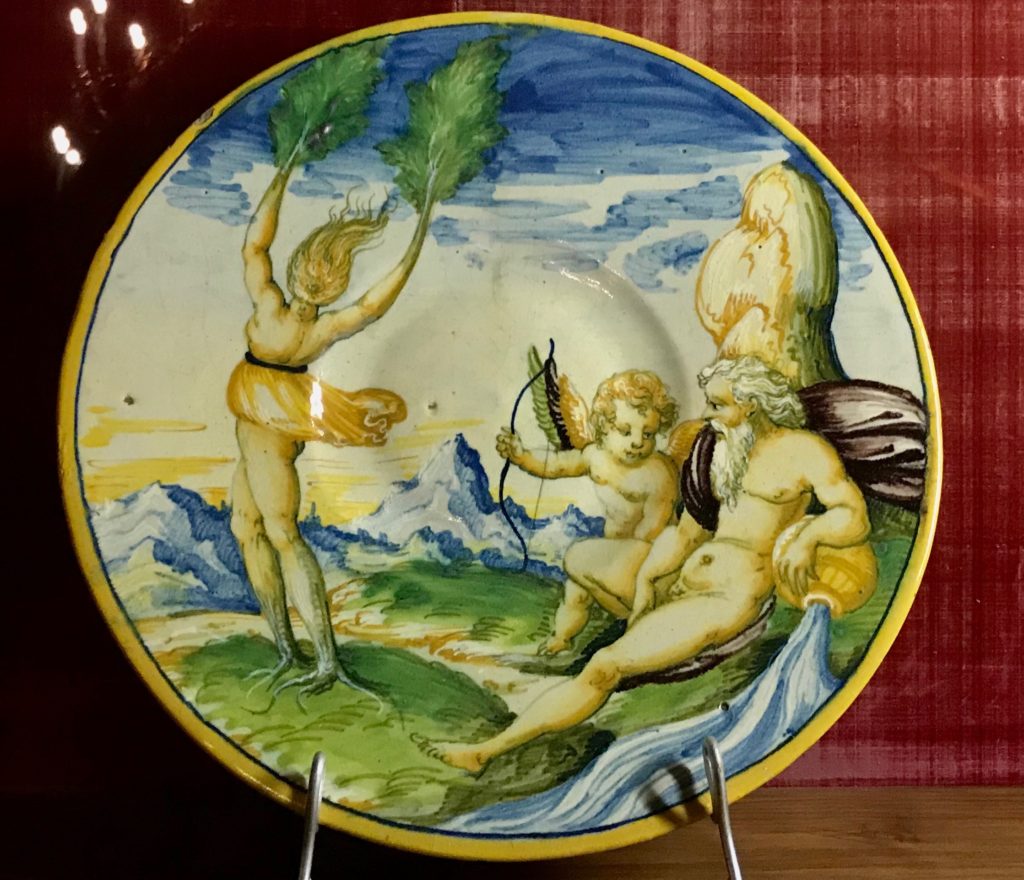
When Friedrich died at only age 56, the possibilities of a more benevolent and socially-conscious Germany died with him. Victoria as Princess Royal had also been trained from birth to develop international leadership and social magnanimity as well as fond of constitutional monarchy but she would never be able to exercise her good judgment. Kaiser Wilhelm II – who did not share her views – essentially isolated his mother and forced her into dowager seclusion despite her gifts, which included diplomacy, intellectual probity and her own artistic abilities as a gifted painter and advocate of artists and writers. Instead, Victoria commissioned von Ihne to build this castle and she helped designed its grounds; the castle would house her British art collection – including many royal portraits – and the property would remind her of her husband and her English estates, including garden parks.
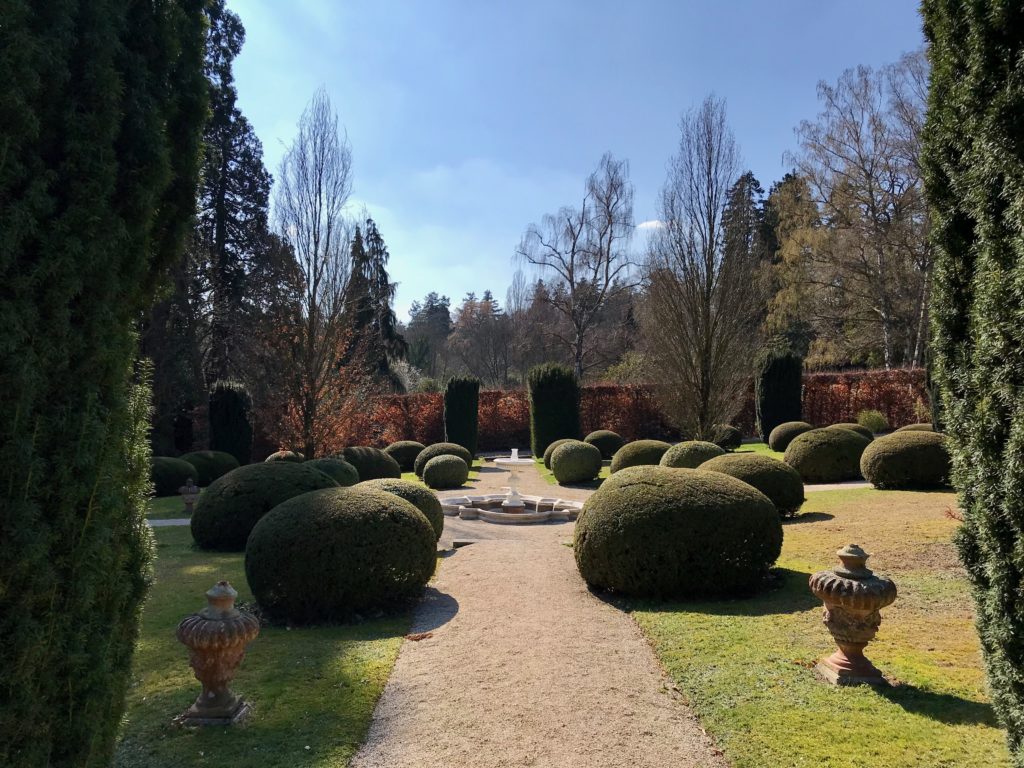
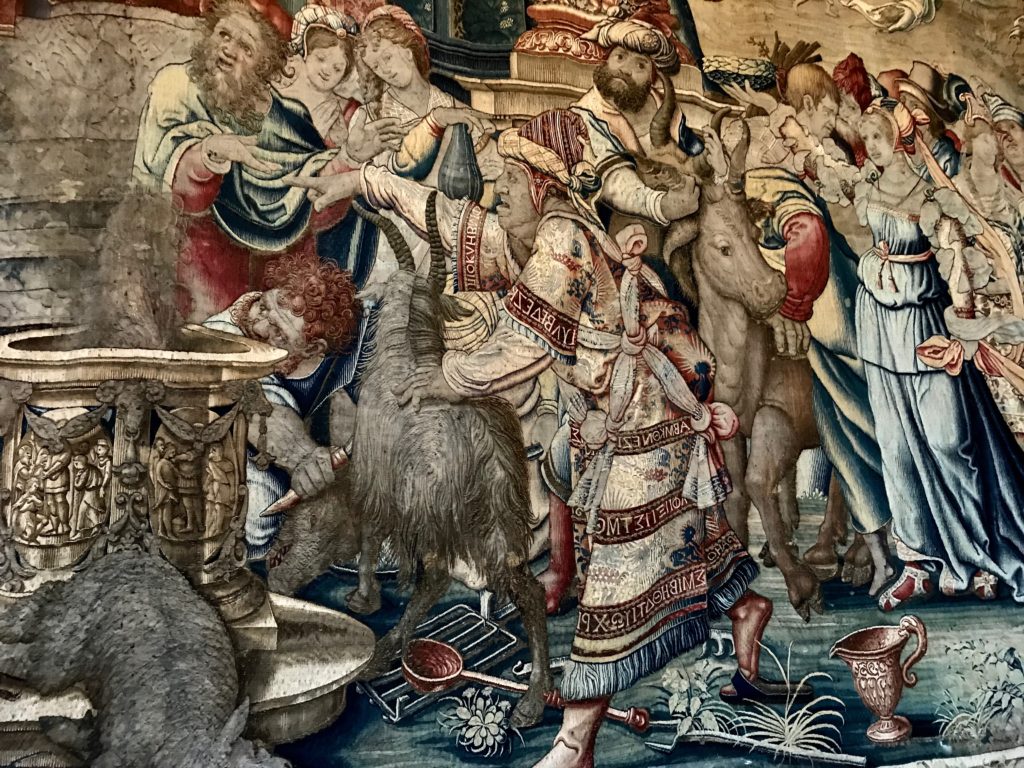
There may even be a connection to the series The Crown, because sensitive papers belonging to the British House of Windsor (via Victoria and others) were collected here in 1945 by MI5 – with its own intrigue and spy story as Antony Blunt was involved – along with the Royal Librarian before the war ended and they are now in the Royal Archives, some of that correspondence may have compounded royal suspicions against Edward, Duke of Windsor before and after his abdication. Like many, author Frank Tipton holds that the premature death of Friedrich in 1888 was a tipping point of history. [1] Instead, Victoria put all her considerable energy into the castle and its collections rather than helping reform Germany.
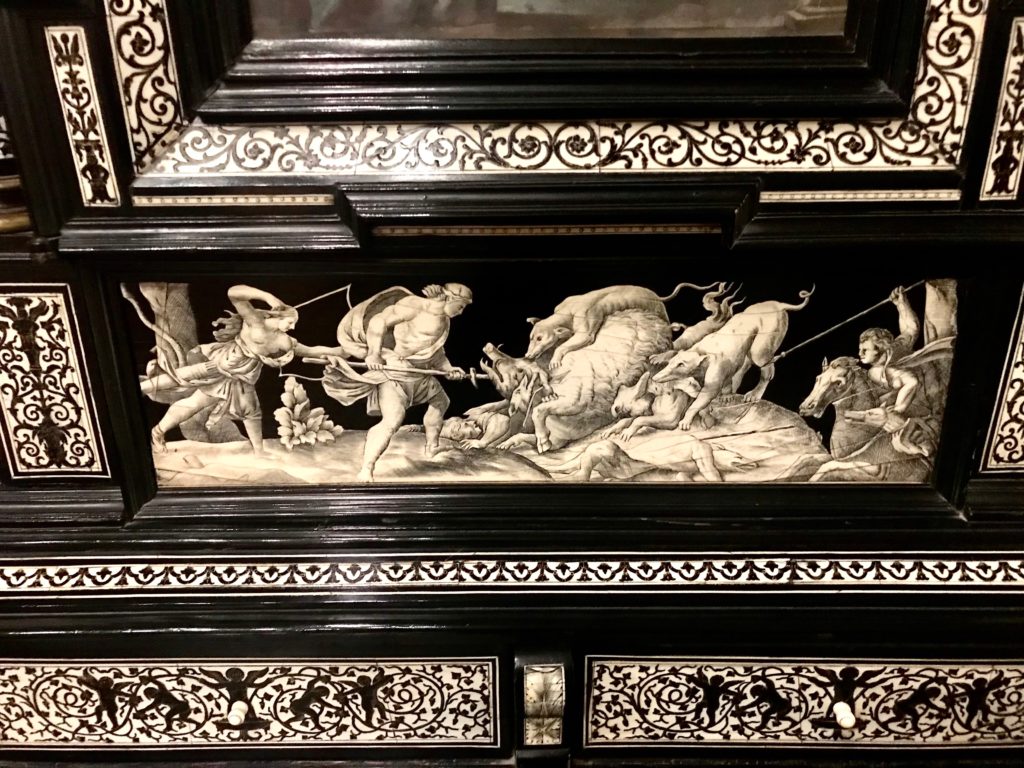
The castle has only recently been a five star luxury hotel, belonging since 1901 to the House of Hesse who inherited it via Victoria’s and Friedrich’s daughter Princess Margaret of Prussia, Landgravine of Hesse, great-grandmother of the current prince. The House of Hesse Trust manages the grand hotel, as the current Prince and Landgrave of Hesse is the great-great-great grandson of British Queen Victoria, great-great grandson of the German Empress Victoria and Kaiser Friedrich III and also great grandson of Italy’s king, Victor Emmanuel III. The castle was occupied after World War II by Allied leadership, including Dwight Eisenhower, who designed the park’s golf course, living there from 1946 to at least 1953. Prince von Hesse is an esteemed economist as well as benefactor of many cultural and arts events here and in the main Hesse family castle, the older Schloss Fasanerie in Fulda, dating to 1710. [2]
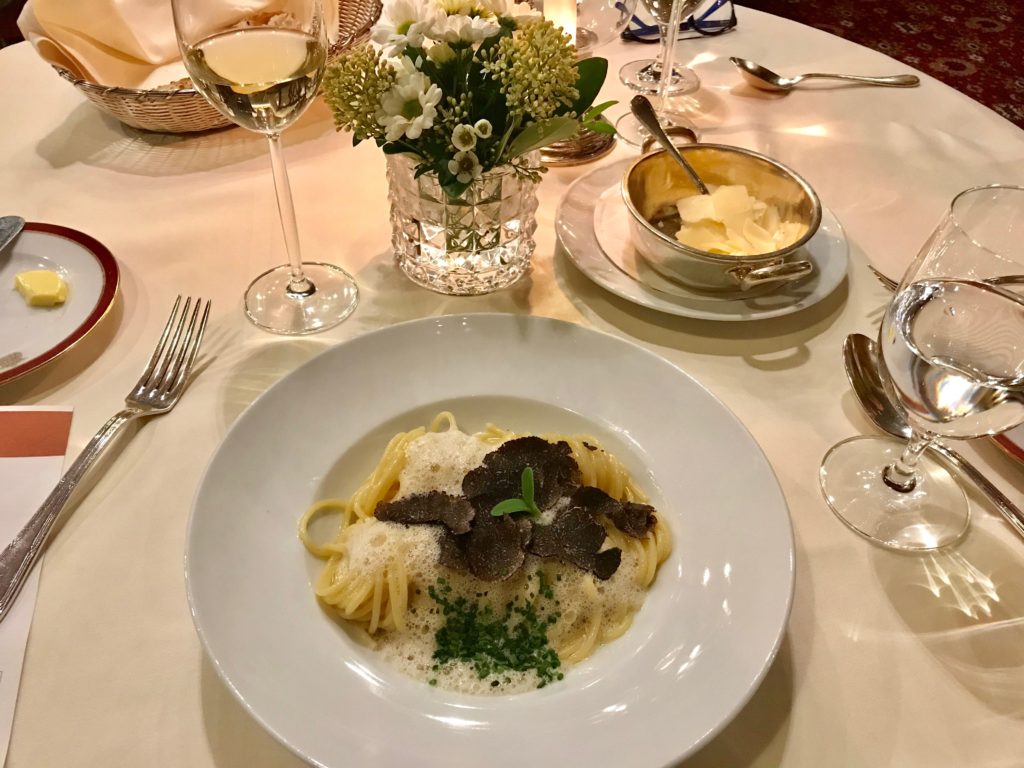
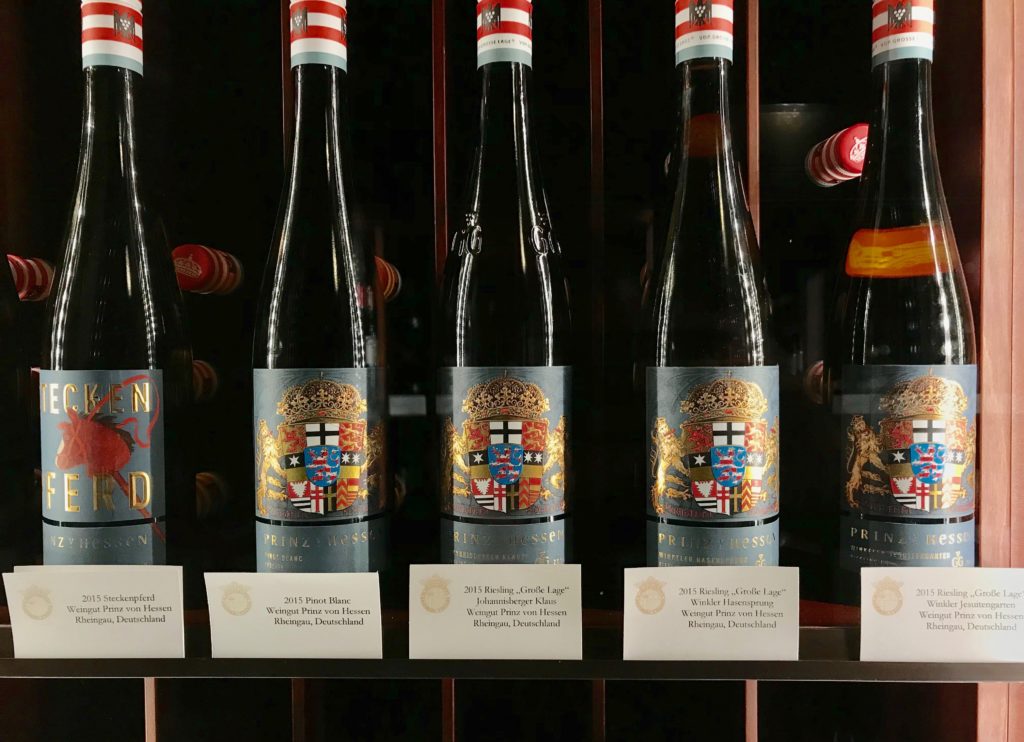
The Prince of Hesse has his Rheingau vineyard “Prinz von Hessen” (beautiful wine, beautiful label) and its fine riesling and pinot noir wines are well represented in the elegant castle hotel restaurant, renowned for gastronomy (I loved the truffle pasta and sumptuous breakfasts). I recommend the Schlosshotel Kronberg most highly, especially after meeting His Royal Highness Prince Donatus von Hesse himself, a most gracious host and frequently in residence, in one of the most spectacular and most romantic places I have ever stayed. You might indulge yourself too imagining while there you are in a different age.
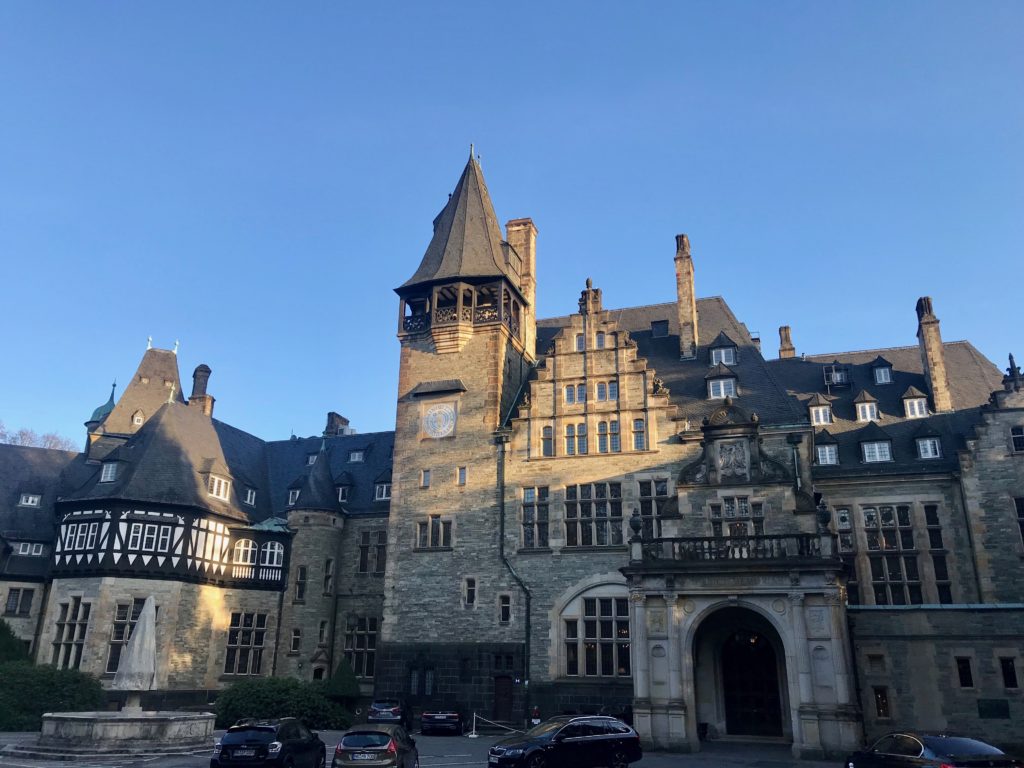
Notes:
[1] Frank Tipton. A History of Modern Germany Since 1815. London: Continuum International Publishing, 2003, 175.
[2] Restored after World War II by the Hesse Family, Schloss Fasanerie also has a high regarded palace museum (http://www.schloss-fasanerie.de/en/schloss-fasanerie/history-of-the-castle.html#.XKkD5C3Mzq0).